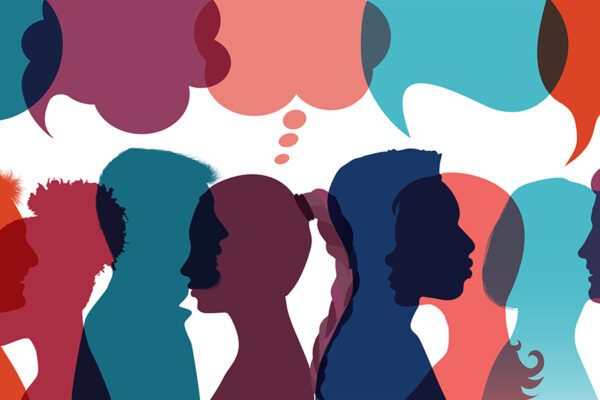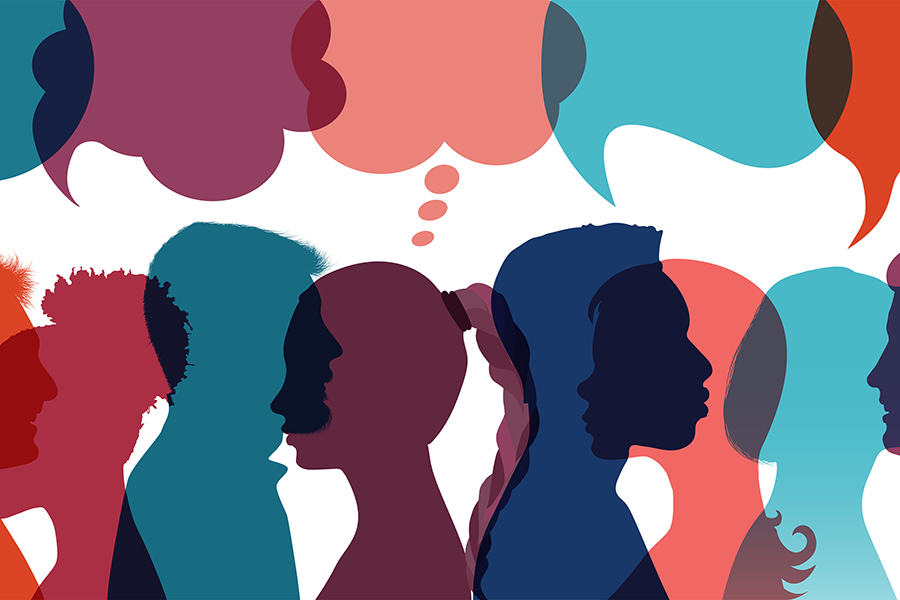How Languages Evolve Over Time: A Journey Through Linguistic Change
Language is one of humanity’s most dynamic and fascinating creations. It is not static; it evolves, adapts, and transforms over time, shaped by history, culture, and human interaction. From the ancient tongues of our ancestors to the modern dialects we speak today, languages undergo constant change. But how does this evolution happen? Let’s explore the mechanisms and forces that drive the transformation of languages over time.
1. The Roots of Language Evolution
Languages evolve for the same reason biological species do: survival and adaptation. Just as organisms adapt to their environments, languages adapt to the needs of their speakers. Over centuries, languages change in pronunciation, grammar, vocabulary, and even meaning. This process is called linguistic evolution.
The study of how languages change is known as historical linguistics. By comparing ancient texts, dialects, and related languages, linguists can trace the evolution of languages and reconstruct their ancestral forms.
2. Mechanisms of Language Change
Language evolution occurs through several key mechanisms:
a. Phonetic and Phonological Changes
Pronunciation is one of the most noticeable aspects of language change. Over time, the way words are spoken can shift dramatically. For example:
- The Great Vowel Shift in English (between the 15th and 18th centuries) changed the pronunciation of long vowels, turning “bite” from “beet” to its modern sound.
- Consonant shifts, like the Germanic Sound Shift, transformed Proto-Indo-European into early Germanic languages.
b. Morphological and Syntactic Changes
Grammar and sentence structure also evolve. For instance:
- Old English had complex inflectional endings (e.g., “stan” for “stone,” “stanas” for “stones”), which simplified over time.
- Word order can change, as seen in the transition from Latin’s flexible syntax to the fixed subject-verb-object order in Romance languages.
c. Lexical Changes
Vocabulary is the most dynamic part of a language. Words are borrowed, created, or fall out of use. For example:
- English has borrowed extensively from French, Latin, and Greek (e.g., “government,” “biology”).
- New words emerge to describe modern concepts, like “selfie” or “internet.”
d. Semantic Changes
The meanings of words can shift over time. For example:
- The word “nice” originally meant “foolish” in Old English but now means “pleasant.”
- “Awful” once meant “full of awe” but now means “terrible.”
3. Forces Driving Language Change
Several factors contribute to the evolution of languages:
a. Geographic and Social Isolation
When groups of people are separated geographically or socially, their languages diverge. Over time, these differences accumulate, leading to the formation of new dialects or languages. For example:
- Latin evolved into distinct Romance languages (e.g., French, Spanish, Italian) as the Roman Empire fragmented.
b. Contact with Other Languages
Languages often borrow words, phrases, and even grammatical structures from one another. This process, called linguistic borrowing, occurs through trade, conquest, or cultural exchange. For example:
- English borrowed “sushi” from Japanese and “café” from French.
- Creole languages, like Haitian Creole, emerge from the blending of multiple languages.
c. Cultural and Technological Advancements
As societies evolve, so do their languages. New inventions, discoveries, and cultural shifts introduce new vocabulary and expressions. For example:
- The digital age has given us terms like “emoji,” “tweet,” and “streaming.”
d. Simplification and Regularization
Languages tend to simplify over time to make communication more efficient. Complex grammatical rules may become more regular, and irregular forms may disappear. For example:
- Old English had numerous irregular verb forms, many of which have been regularized in Modern English.
4. The Role of Time and Generations
Language change is often generational. Younger speakers may adopt new pronunciations, slang, or grammatical structures, which eventually become standard. For example:
- The use of “they” as a singular pronoun has gained acceptance in recent years.
- Slang terms like “lit” or “woke” reflect the evolving preferences of younger generations.
5. Language Death and Revival
Not all languages survive. Some become extinct when their speakers abandon them or when communities disappear. However, efforts to revive endangered languages, such as Hebrew or Māori, show that language evolution can also move in the opposite direction.

6. The Future of Language Evolution
In today’s interconnected world, languages are evolving faster than ever. The internet, globalization, and mass media are accelerating linguistic change. English, for instance, is constantly absorbing new words and expressions from around the world. At the same time, regional dialects and minority languages are fighting to preserve their unique identities.
Conclusion: Language as a Living Entity
Language is a living, breathing entity that reflects the history, culture, and creativity of its speakers. It evolves to meet the needs of its users, adapting to new environments and challenges. From the ancient roots of Proto-Indo-European to the global spread of English, the story of language evolution is a testament to humanity’s ingenuity and adaptability.
As we move forward, languages will continue to change, shaped by the forces of technology, globalization, and cultural exchange. Whether through the birth of new words, the blending of languages, or the revival of ancient tongues, the evolution of language remains one of the most fascinating aspects of human civilization.

